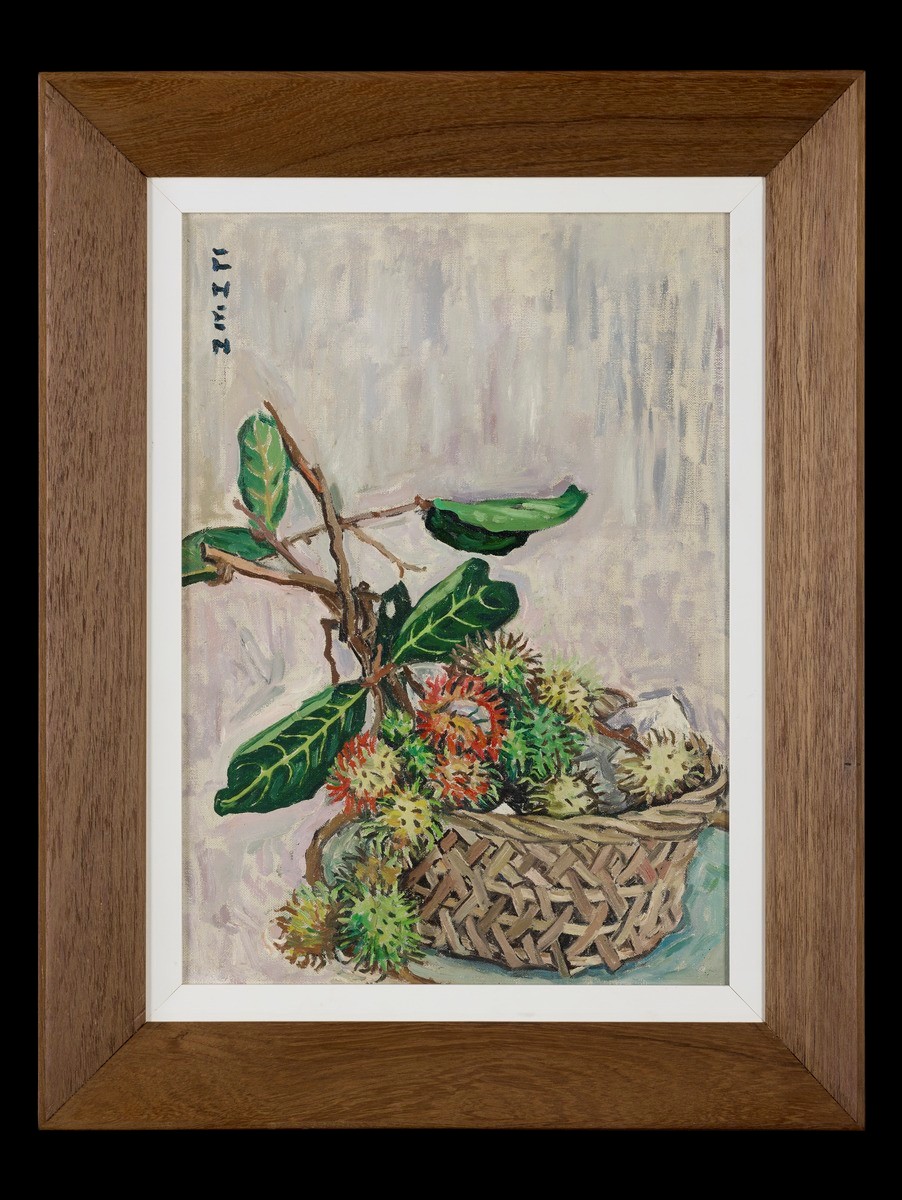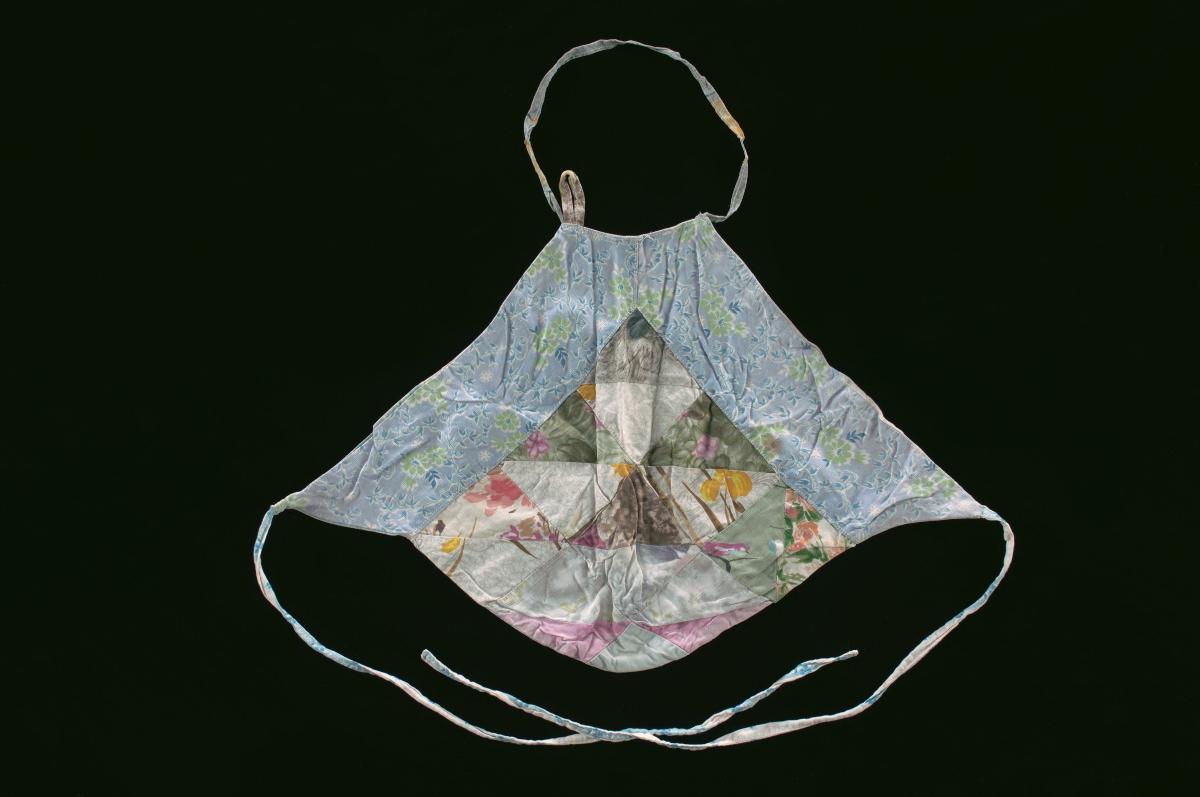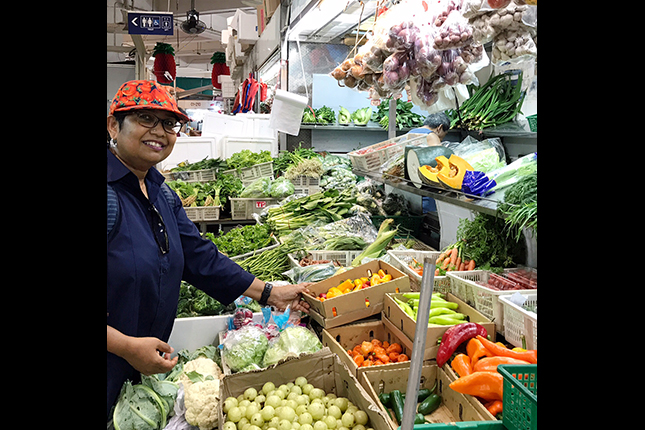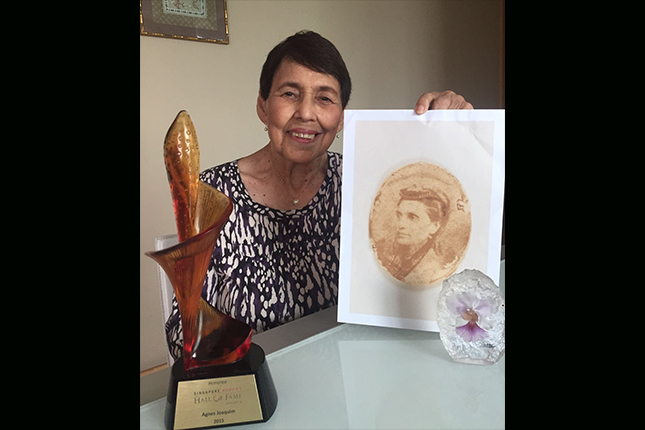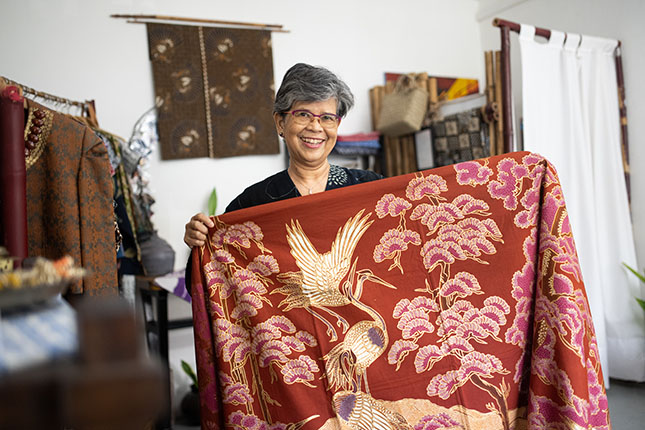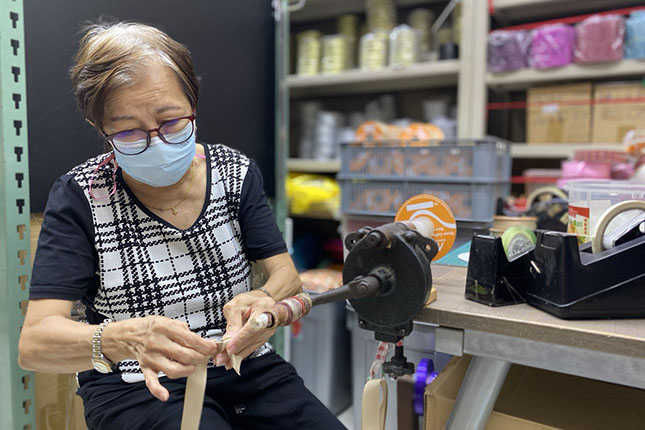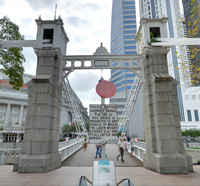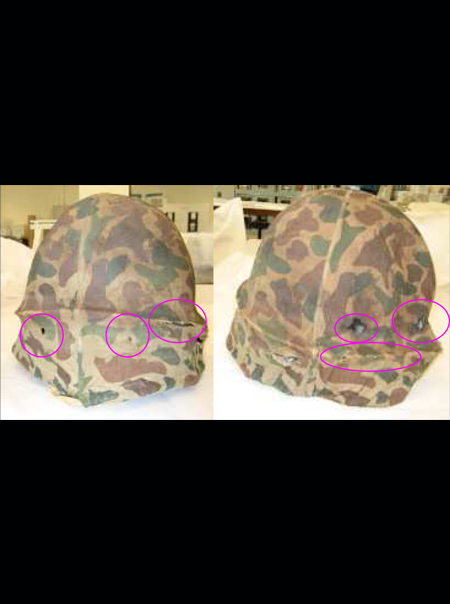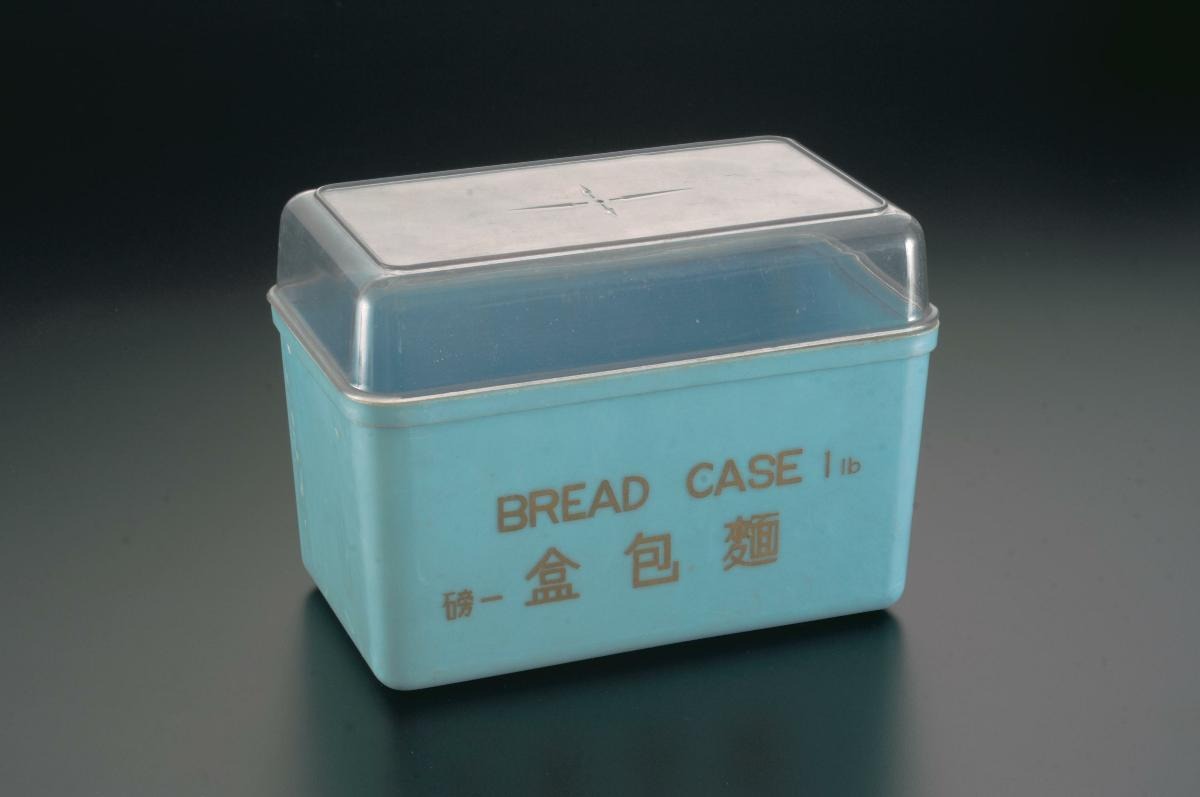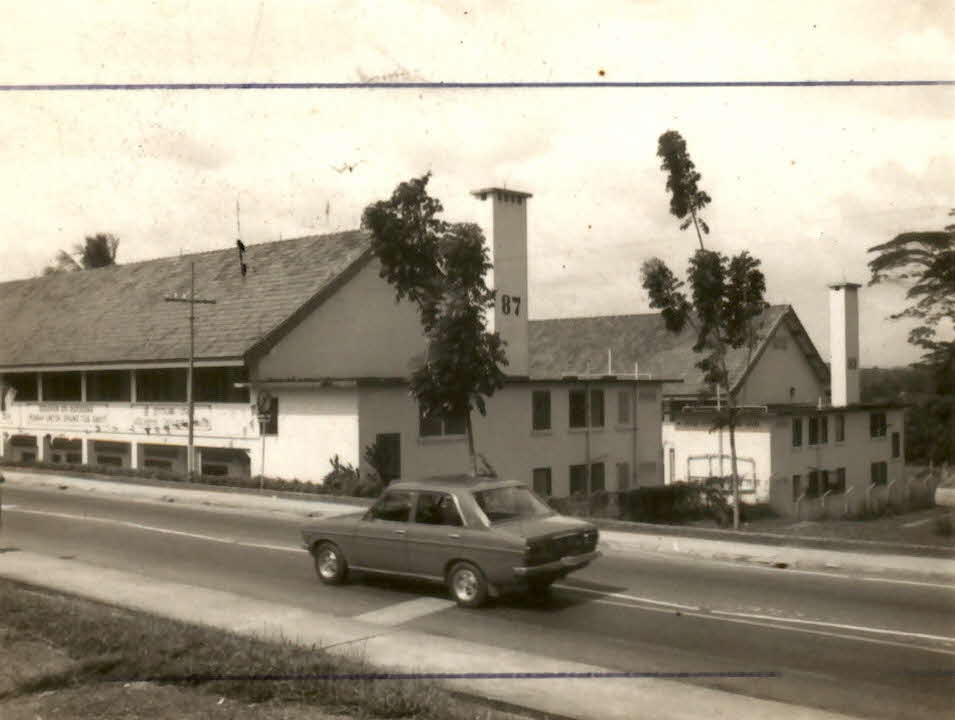Rangoli
Rangoli, which means “an array of colours” in Sanskrit, is a traditional Indian art form dating back some 5,000 years to the pre-Aryan period. It is known as kolam in Tamil.
Rangoli is a multi-coloured floor decoration that symbolises wealth, joy, and prosperity, as well as thanksgiving to deities. There is also a Hindu belief that drawing a rangoli at the main entrance will stop evil forces from entering the home. For these reasons, fresh rangoli may be drawn every day at the home’s entrance, with the old design cleaned off and replaced with a new one. Some households may also have permanent rangoli drawn. Rangoli are also prominent during festivals such as Deepavali.
The art of rangoli originated in India, where these decorative patterns have been drawn outside Indian homes and in temples for hundreds of years. The practice was brought to Singapore by Indian migrants who settled here.
Geographic Location
Rangoli is practised in places with Indian diaspora, including in Singapore. It is usually drawn at the entrance of households.
Communities Involved
Rangoli is most commonly associated with Indian households and is usually made by females in the family. Its aesthetic appeal has helped it penetrate Singapore’s mainstream arts and culture as well.
Besides individual projects, rangoli workshops are held by artists and organisations throughout the year.
Associated Social and Cultural Practices
Some traditional rangoli are drawn using rice flour. A three-dimensional variation uses grains, seeds, pulses, vermillion, turmeric powder, flower petals and other natural substances to get the desired colours.
The design is traditionally drawn freehand on the ground. It can also be created with the aid of a stencil, with colours being filled into the parts that have been cut out.
A rangoli pattern is made of unbroken lines. This is thought to prevent evil spirits from penetrating through the gaps. The designs range from geometric shapes of peacock motifs to floral designs to faces of Hindu gods. Popular ones include circular designs, which signify the endlessness of time, and the lotus flower design with Goddess Lakshmi in the middle, which represents prosperity and fertility in Hinduism. Some people also place diyas (oil lamps) inside the rangoli and light them for a puja (prayer). The patterns are passed down from one generation to the next, with women taught to make these designs outside the home or near the altar area.
Experience of a Practitioner
Ms Vijayalakshmi Mohan is a Singapore-based artist and art therapist who creates rangoli. In fact, a 256 square metres design she produced in 2003 at the Whampoa Community Club had the distinction of being, at that time, the world’s largest rangoli pattern created, according to the Guinness Book of Records.
She began to learn the art form at the age of three from her mother in her hometown in Tamil Nadu, India. After she migrated to Singapore in 1993, she made rangoli the traditional way initially. However, the demand for contemporary designs led her to explore different materials. She now does “SingaRangoli”, named thus because she created it here. The style gives rangoli a modern touch, and as many as 30 to 40 materials are used. She has even experimented with recyclables in her rangoli.
Ms Mohan spends her days conducting rangoli workshops and preparing rangoli items. In Singapore, her workshops have been held at community centres, schools, and universities, hospitals, children’s homes as well as old folks’ homes.
These workshops are close to her heart. “As an art therapist, I feel colour gives a lot of energy… using various colours and various materials, emotionally the people are happy and it changes their mood,” she says.
Along with her workshops, Ms Mohan has undertaken projects such as Rangoli Radiance, and “lantern rangoli", a collaboration with a Chinese artist done in 2017. With the help of 1,000 participants from voluntary welfare organisations, they made 1,500 lantern rangoli for display at the Gardens by the Bay. Ms Mohan hopes to do a similar collaboration with a Malay artist to make “batik rangoli”.
Ms Mohan also travels worldwide by invitation to teach the art of making rangoli. In Australia, she made a rangoli on a beach with the help of locals, creating the design with a rake and filling it with the stones lying around. She has also been to American universities to teach art and art history students about rangoli.
Watch: Rangoli
Present Status
Though rangoli remains a part of Indian Singaporean’s cultural practices, many might prefer using pre-made rangoli designs over the traditional methods and materials.
Nonetheless, efforts such as utilising new materials have pushed rangoli in new directions. With the many community-based projects around rangoli, Ms Mohan is optimistic that this Indian art form will continue to flourish here.
References
Reference No.: ICH-058
Date of Inclusion: March 2019
References
Chaudhary, Nandita S. Cultural realities of being: abstract ideas within everyday lives. New York: Routledge, 2014.
Lee, Melanie.“Healing Beauty”, Singapore’s essential art & culture guide, 26 December 2017, http://a-list.sg/healing-beauty/. Accessed 10 April 2018.
Morrill, Ann. Religious New Year’s celebrations. New York: Chelsea House Publishers, 2009.
The Straits Times. “Rangoli display at Gardens by the Bay sets new record ahead of Deepavali”, 22 October 2016, https://www.straitstimes.com/singapore/rangoli-display-at-gardens-by-the-bay-sets-new-record-ahead-of-deepavali. Accessed 14 June 2018.
Yim, Colleen M. Veiled Gurus: A Hindu Mother's Experiential Involvement in Religious Knowledge Transmission. Lanham: University Press of America, 2008







